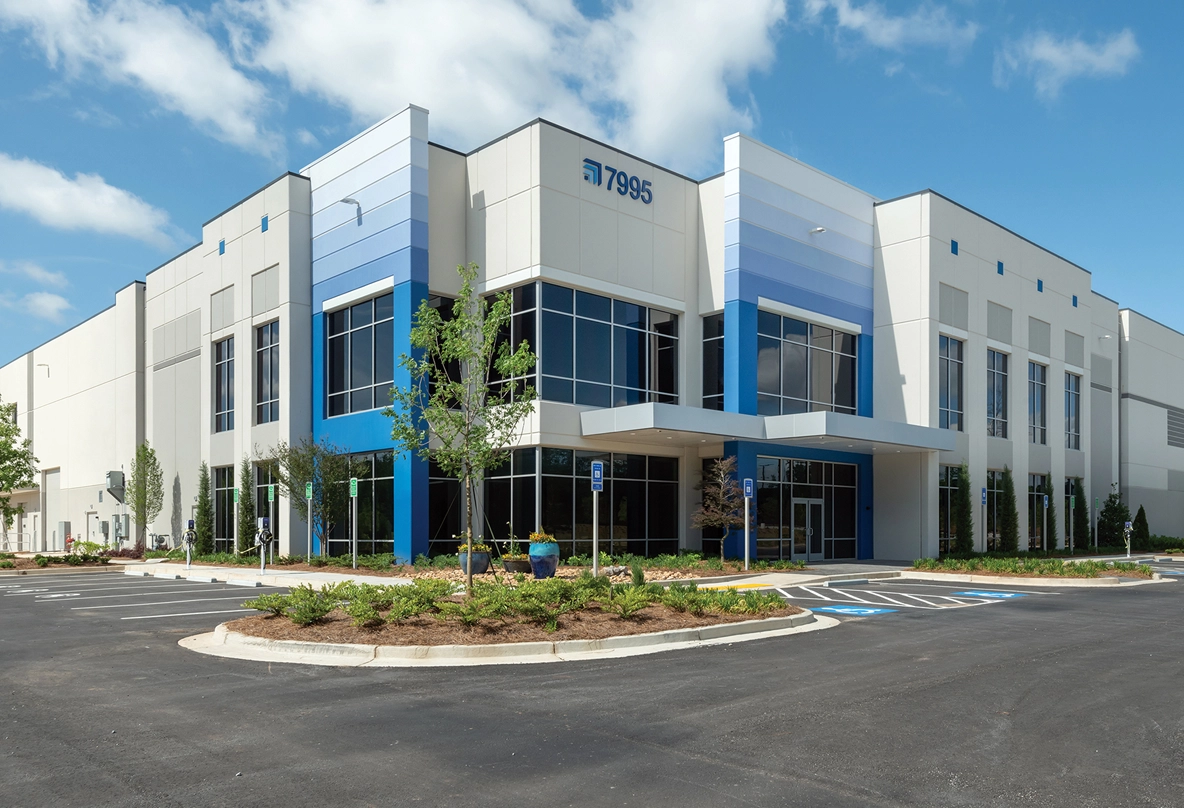Understanding the role and benefits of logistics centers in today’s global market.
In today’s fast-paced global economy, the efficient movement of goods is essential for businesses to remain competitive. Logistics centers play a pivotal role in this process, serving as strategic hubs for the storage, distribution, and fulfillment of products. These facilities are the backbone of modern supply chains, optimizing operations and ensuring that goods reach their destination on time and in perfect condition.
What is a Logistics Center?
- Definition: A logistics center is a strategically located facility designed to receive, store, and distribute goods.
- Key functions: Warehousing, inventory management, order fulfillment, transportation, and value-added services.
The Importance of Logistics Centers
- Supply chain optimization: How logistics centers streamline processes and reduce costs.
- Improved customer service: Faster order fulfillment and increased delivery accuracy.
- Inventory management: The role of logistics centers in maintaining optimal inventory levels.
- Flexibility and scalability: How logistics centers can adapt to changing business needs.
Key Features of a Modern Logistics Center
- Automation and technology: The use of robotics, AI, and automation to improve efficiency.
- Sustainability: Focus on eco-friendly practices and reducing environmental impact.
- Security: Measures to protect inventory and prevent theft.
- Scalability: The ability to expand or contract operations as needed.
Benefits of Using a Logistics Center
- Cost reduction: Economies of scale, reduced transportation costs, and optimized inventory.
- Improved efficiency: Streamlined processes and increased productivity.
- Enhanced visibility: Real-time tracking of inventory and shipments.
- Scalability: The ability to handle fluctuating demand.
Types of Logistics Centers
- Distribution centers: Focused on outbound shipments to customers.
- Cross-docking facilities: Goods are transferred from incoming to outgoing vehicles without storage.
- Value-added warehouses: Provide additional services such as packaging, labeling, and assembly.
Challenges and Future Trends
- E-commerce growth: The impact of e-commerce on logistics centers.
- Supply chain disruptions: How logistics centers can mitigate risks.
- Emerging technologies: The role of technologies like blockchain and the Internet of Things.
Conclusion
Logistics centers are essential for businesses seeking to compete in today’s global market. By providing a centralized hub for storage, distribution, and fulfillment, these facilities enable companies to improve efficiency, reduce costs, and enhance customer satisfaction. As technology continues to advance, we can expect logistics centers to become even more sophisticated and integrated into the broader supply chain ecosystem.

